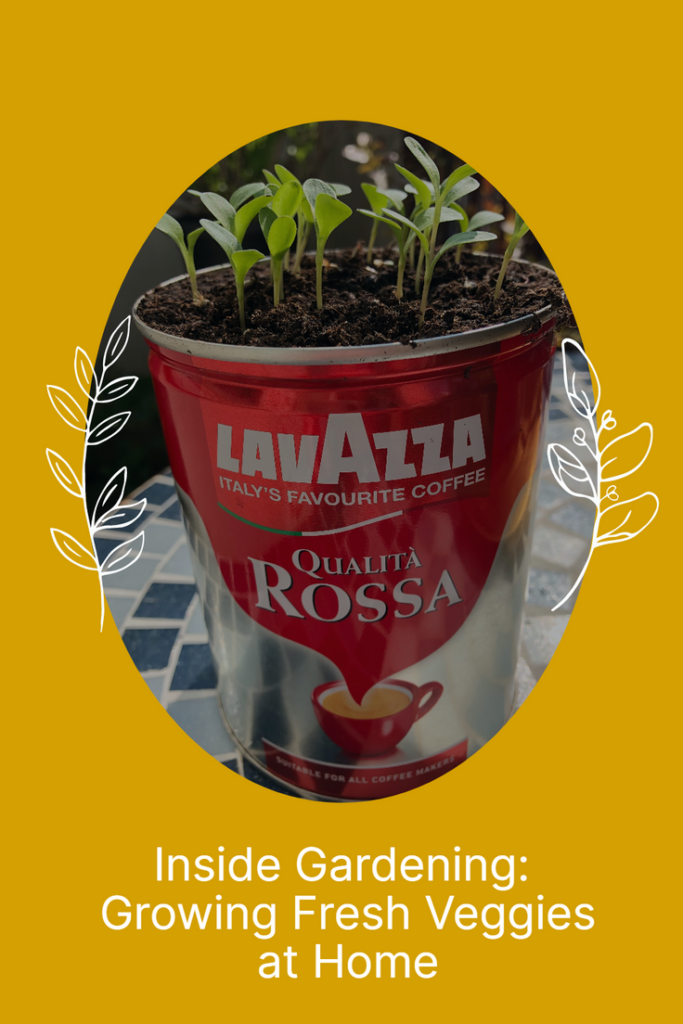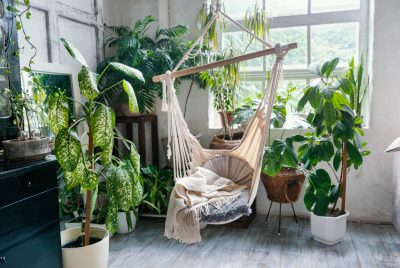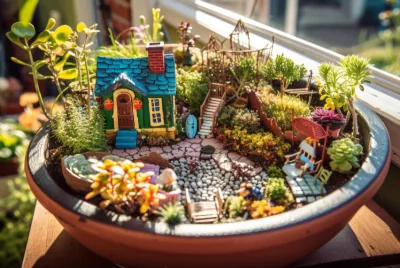Inside Gardening: Growing and Displaying Fresh Vegetables at Home
Welcome to the world of inside gardening, where you can grow fresh vegetables right in the comfort of your home! As an enthusiastic gardener and advisor, I am excited to share my knowledge and suggestions for successfully growing and displaying vegetables indoors. In this article, we will explore the top 10 vegetables that thrive inside, the harvest periods for each vegetable, and creative ways to display your indoor harvest. Get ready to enjoy a bountiful indoor garden that adds beauty and nutrition to your living space.
Top 10 Vegetables to Grow Indoors
When it comes to inside gardening, certain vegetables are well-suited for indoor conditions and provide a rewarding harvest. Let’s explore the top 10 vegetables to grow inside and discover their unique characteristics and benefits.
1. Tomato
Tomatoes are versatile and can be grown in compact varieties that are ideal for indoor cultivation. Enjoy the taste of freshly picked tomatoes in salads, sandwiches, or sauces, right from your indoor garden.
2. Basil
Basil is an aromatic herb that thrives in indoor environments. It adds flavor to various dishes and is a popular choice for indoor herb gardens. Snip a few leaves to enhance the taste of your favorite recipes.
3. Lettuce
Lettuce varieties such as Butterhead, Romaine, and Loose-leaf lettuce are excellent choices for indoor gardening. Enjoy crisp and fresh salads all year round by harvesting tender lettuce leaves from your indoor garden.
4. Spinach
Spinach is packed with nutrients and can be easily grown indoors. Harvest young spinach leaves for salads or use them in cooked dishes to add a healthy touch to your meals.
5. Kale
Kale is a nutrient-dense leafy green that thrives in indoor environments. Its vibrant green leaves make it an attractive addition to your indoor garden. Harvest kale leaves and incorporate them into smoothies, soups, or sautés.
6. Green Beans
Compact varieties of green beans are well-suited for indoor gardening. These versatile vegetables can be enjoyed fresh or cooked, providing a delicious and nutritious addition to your meals.
7. Peppers
Peppers, such as bell peppers or chili peppers, can be successfully grown indoors. Enjoy the vibrant colors and distinct flavors of homegrown peppers in your favorite dishes.
8. Radishes
Radishes are quick-growing vegetables that are perfect for indoor gardening. Harvest these crunchy and peppery roots in a matter of weeks, adding a delightful zest to your salads or sandwiches.
9. Microgreens
Microgreens are young, tender greens packed with flavor and nutrients. They are easy to grow indoors and can be harvested when the first true leaves appear. Add microgreens to sandwiches, soups, or garnish your favorite dishes.
10. Carrots
Compact carrot varieties are suitable for indoor gardening, allowing you to enjoy the taste of freshly harvested carrots even without a traditional garden. Snack on these sweet and crunchy vegetables or incorporate them into your favorite recipes.
Harvest Period for Each Vegetable
Understanding the harvest period for each vegetable is essential to ensure optimal flavor and texture. Here’s a general guide to help you plan your indoor harvest:
- Tomatoes: Harvest when the fruits are fully ripe and have reached their desired color and firmness.
- Basil: Begin harvesting once the plants have grown several sets of leaves, taking care not to remove more than one-third of the plant at a time.
- Lettuce: Harvest outer leaves as needed once they have reached a suitable size for consumption, allowing the inner leaves to continue growing.
- Spinach: Harvest young leaves when they are tender and before they become too mature and tough.
- Kale: Harvest individual leaves as needed, starting from the bottom of the plant and working your way up.
- Green Beans: Harvest when the pods are firm and crisp, but before the seeds inside become large and tough.
- Peppers: Harvest when the peppers have reached their desired size and color, typically when they are fully ripe.
- Radishes: Harvest radishes when they have reached their mature size, usually within a few weeks of sowing the seeds.
- Microgreens: Harvest when the first true leaves have developed, usually within 10 to 14 days after sowing.
- Carrots: Harvest when the roots have reached their desired size and color, typically 60 to 80 days after sowing the seeds.
Remember to monitor your plants closely and adjust the harvest periods based on their individual growth and maturity.
Creative Ways to Display Indoor Vegetables
Growing vegetables indoors not only provides a fresh supply of produce but also adds beauty and charm to your living space. Here are some creative ways to display your indoor harvest:
Vertical Wall Garden
Maximize space by creating a vertical wall garden using hanging pots or wall-mounted planters. This not only showcases your vegetables but also adds a decorative element to your indoor environment.
Herb Window Box
Utilize windowsills or ledges to create a herb window box. Plant a variety of herbs, including small vegetables like cherry tomatoes or compact peppers, and enjoy a beautiful display of greenery just outside your window.
Hanging Baskets
Hang baskets filled with trailing or vining vegetables, such as cherry tomatoes or beans, from the ceiling or hooks. This creates an eye-catching and functional display, especially in areas with limited floor space.
Indoor Plant Shelf
Set up a dedicated plant shelf or plant stand to showcase your indoor vegetables. Arrange them in an organized and visually pleasing manner, creating a mini-garden that becomes a focal point in your living space.
Suggestions for Successful Inside Gardening
To ensure successful inside gardening and a thriving indoor vegetable garden, consider the following suggestions:
Choosing the Right Containers
Select containers that provide adequate drainage and are suitable for the size and growth habits of the vegetables you intend to grow. Ensure the containers are of appropriate size to accommodate the root systems and allow for healthy growth.
Providing Adequate Lighting
Indoor vegetables require sufficient light to thrive. Place your plants near a south-facing window or invest in full-spectrum grow lights to provide the necessary light intensity and duration for healthy plant growth.
Proper Watering and Fertilization
Water your indoor vegetables carefully, ensuring the soil is consistently moist but not waterlogged. Avoid overwatering or allowing the plants to dry out completely. Additionally, provide balanced andnutrient-rich fertilizer according to the specific needs of each vegetable, following the recommended application rates.
Managing Temperature and Humidity
Maintain suitable temperature and humidity levels for your indoor vegetables. Most vegetables prefer temperatures between 65°F and 75°F (18°C to 24°C). Ensure proper air circulation to prevent excessive humidity and minimize the risk of fungal diseases.
Regular Pest Control
Keep a close eye on your indoor plants and take preventive measures to control pests. Monitor for signs of common pests such as aphids, spider mites, or whiteflies. Consider natural pest control methods like neem oil or introducing beneficial insects to maintain a healthy growing environment.
Last Words…
Embark on a rewarding journey of inside gardening and enjoy a fresh supply of homegrown vegetables right at your fingertips. With the top 10 vegetables suited for indoor cultivation, a proper understanding of the harvest periods, and creative ways to display your indoor harvest, you can transform your living space into a thriving indoor garden. Follow the suggestions provided to ensure successful inside gardening, and soon you’ll be harvesting and savoring the flavors of your own homegrown vegetables.

FAQs (Frequently Asked Questions)
- Can I grow vegetables indoors without access to natural sunlight? Yes, you can use full-spectrum grow lights to provide the necessary light spectrum and intensity for vegetable growth, even without access to direct sunlight.
- Do indoor vegetables require pollination? Some vegetables, such as tomatoes and peppers, require pollination to set fruit. You can manually pollinate these plants by gently shaking the flowers or using a small brush to transfer pollen.
- Can I grow vegetables indoors all year round? Yes, with proper lighting, temperature control, and care, you can grow vegetables indoors year-round, ensuring a continuous supply of fresh produce.
- How often should I fertilize my indoor vegetables? Fertilization frequency depends on the specific vegetable and the type of fertilizer used. Follow the instructions on the fertilizer packaging or refer to specific guidelines for each vegetable to determine the appropriate fertilization schedule.
- Are indoor vegetables as nutritious as those grown outdoors? Yes, indoor vegetables can be just as nutritious as those grown outdoors when provided with proper care, suitable lighting, and balanced nutrition.




